Similar presentations:
Handouts. Issues of lecture
1.
Handouts• Lecture №3 Consciousness, soul and
language
• Philosophy
• 3 credits
• PhD
Yerkin Massanov
2.
Issues of lecture:• 1. Language as a ph-cal science?
• 2. Charles Peirce – Lingo
semiology?
• 3. “World as a text” - Jacques
Derrida?
3.
The main concepts of previouslecture:
• 1. Meaning of 3 Worldview?
• 2. Main periods of Philosophy
or science?
4.
Discussion for Seminar (1 page)The Greek myth told by Plutarch “Theseus Ship of Paradox”:
5.
1. If replace plank one by one everyyear Ship continue or stay Being
Ship of Theseus?
6.
2. If construct new Ship with plankwhich used of Ship of Theseus.
Is this Ship of Theseus? A or B?
7.
Can human change himself?It is depends from social environments or
from spiritual life?
Human life depends from social status or
from philosophical views?
8.
Definition:• 1. Consciousness is includes of
mankind's mentality, moral and
worldviews which impact to their
behavior.
• 2. Soul is defining as a basic part of
human existence, which mostly
given explanation by religion.
9.
Term Linguistics:• 1. (from Latin lingua - language) a
science that studies languages;
• 2. Cultural linguistics is a branch of
linguistics that studies the relationship
between language and cultural
concepts;
• 3. Types: language of communication
and science, nature and animals.
10.
Charles Peirce – Lingo semiology• 1. Symbols of icons – texts which
describes objects directly;
• 2. Symbols of index – inderect sign
of other objects (symbols of street);
• 3. Symbols of semiology – signs which
gives deeply information about
tradition or religion of people. For
example: Flag of Kazakhstan
11.
The Power of Face Reading12.
Basic of body language(exam)
13.
Analyze through body and face L.?14.
Self studies. Week 5: Book for the discussion:The Man of Genius.
By Cesare Lombroso.
15.
Cesare Lombroso: criminalisticstypology
16.
Sociologist Howard Becker (1966) :“not the act itself but the reaction
to the act that makes something
deviant”.
17.
Three World and National Religions:• 1. Hinduism;
1. Buddhism;
2. Christianity; • 2. Judaism;
3.
Shintoism.
3. Islam.
18.
Which religion symbols?19.
Which religion symbols?20.
Which religion symbols?21.
3. “World as a text” - JacquesDerrida
• Text – invented before
writing, its history is deeply
and meaning is very widely.
• Symbols could give more
objectively knowledge the
one book text.
• That is mean we can
through semiology to make
innovation of traditional or
classical knowledge.
22.
In conclusion:• Language of mankind results of consciousness
and soul shows level of culture and philosophical
worldview that deeply related with each other.
23.
№3 Discussion for seminar:• 1.Glossary:
• Choose main 10 term (total 30) from
every lecture №1-2-3.
• Briefly explain meaning of each term?
• Example:
• 1. Philosophy of Orientalism – oriented to
spiritual and moral worldview related with
Middle East and about East and Southeast
Asia (Ancient Indian, Chinese, Japanese ph-y).
24.
One of the main role of ModernPh-y Orientation function:
1. Existentialism – Logotherapy:
helping to solve ontological question
(responsibility, freedom, spirit);
2. Socialization – Kaizen: one of the best
management planning for self
realization in capitalist society.
25.
Self-studies of Week-4.1. Abstract (Referat 5-7 pages):
1-Rating Abstract-1 Philosophy of
existentialism.
1. Briefly describe about existentialism;
2. Interpretation: Victor Frankl: “Man's
Search for Meaning”;
3. Logotherapy: helping to solve ontological
question (responsibility, freedom, spirit);
4. Explanation of “Martin Eden”
syndrome;
4. Conclusion: Individual or Own
philosophy.
26.
Self-studies of Week-4.Abstract (Referat):
“Philosophy of Kaizen”.
1. Briefly describe about Kaizen
philosophy. Masaaki Imai;
2. Interpretation: Margulan Seissembai:
“Kaizen center in Kazakhstan”;
3. Kaizen in education self development
process: “5S-Process of Improvement”, “1
minute principle”;
4. Make a plan through using Kaizen
management.
27.
• Abstract (Referat) –at less 7 pages :
1) Title
2) Content
3) Introduction
4) Basic ideas and examples
5) Conclusion (1 page)
6) Literature or reference (3 book or
article)
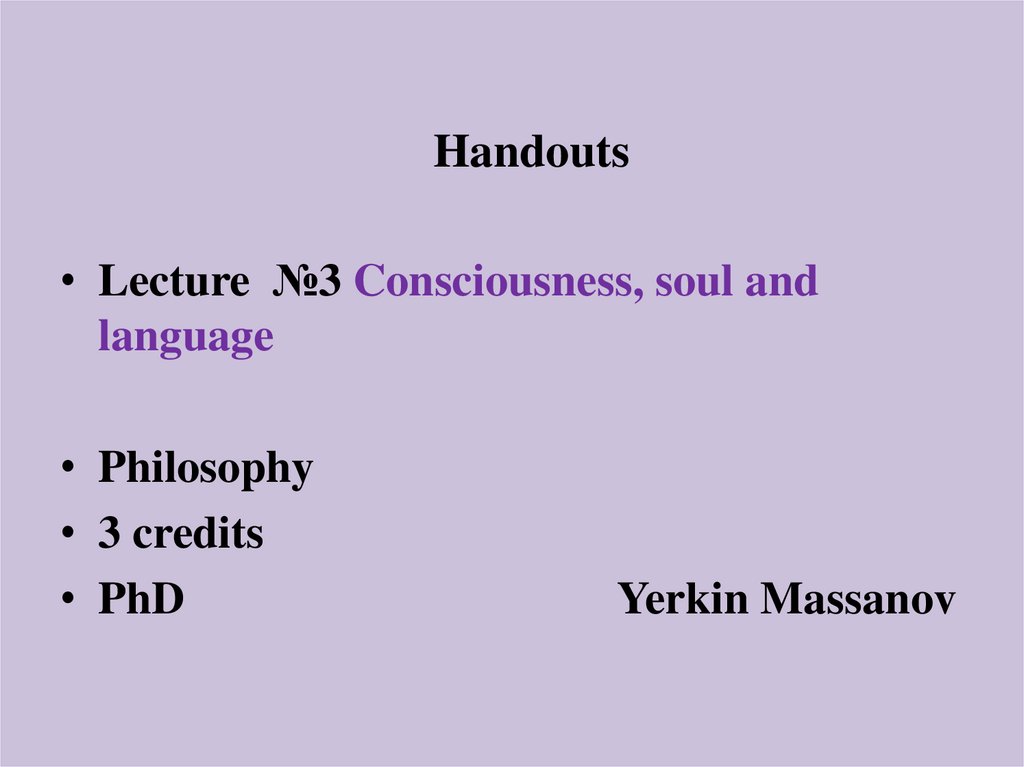













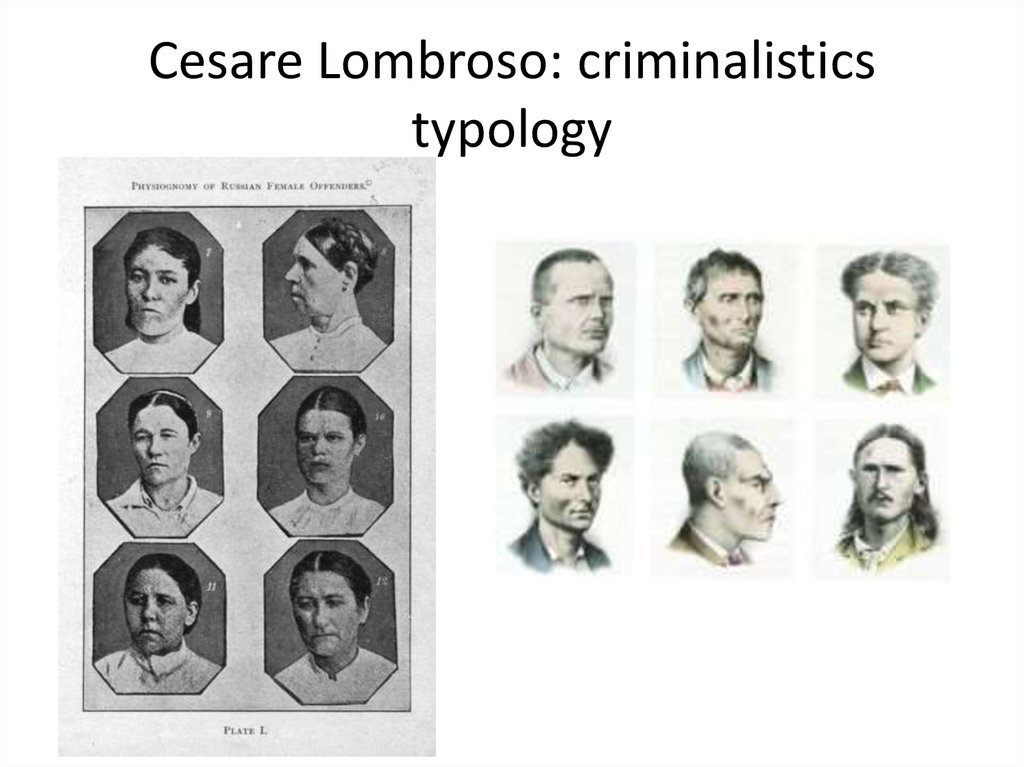
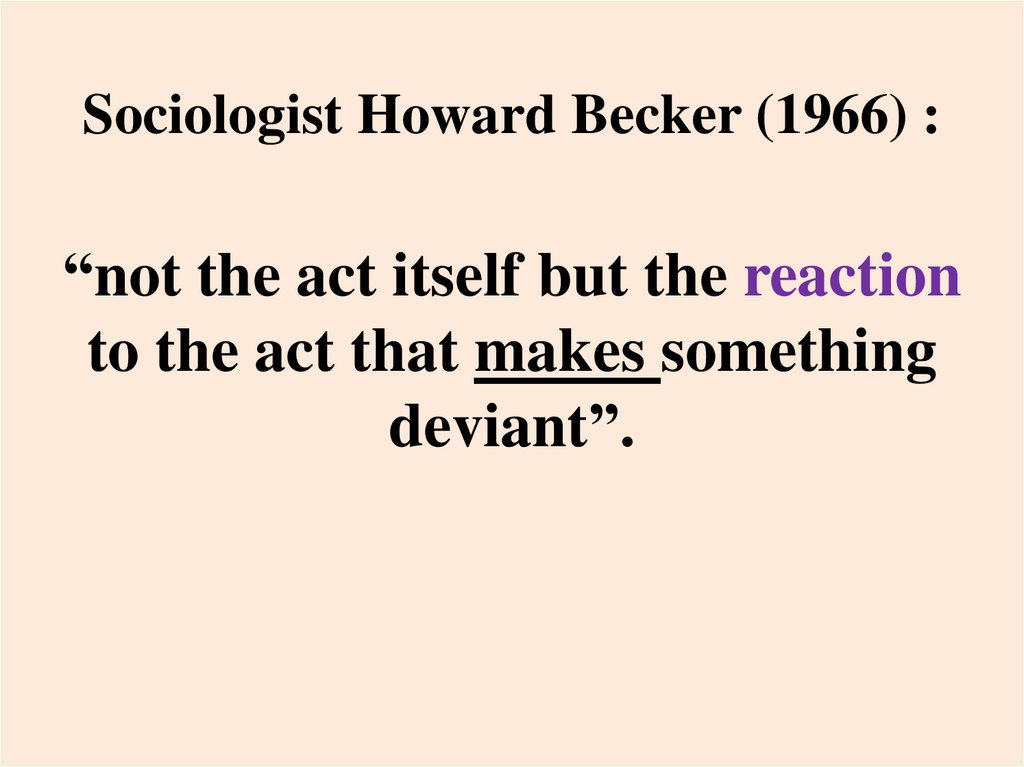

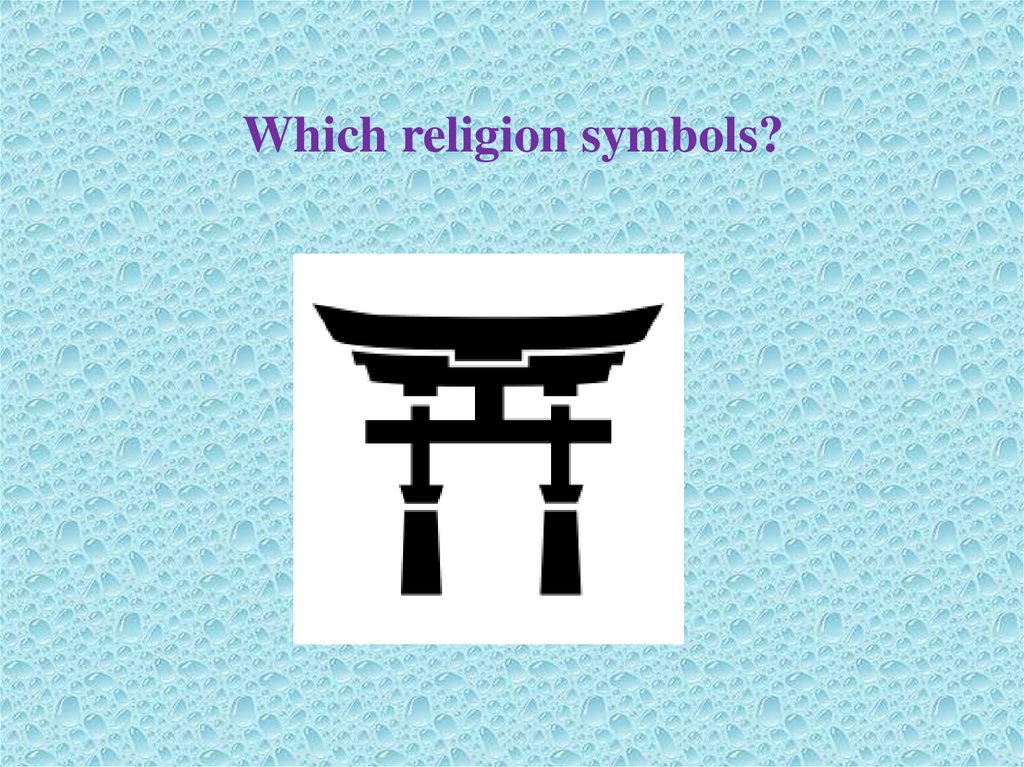
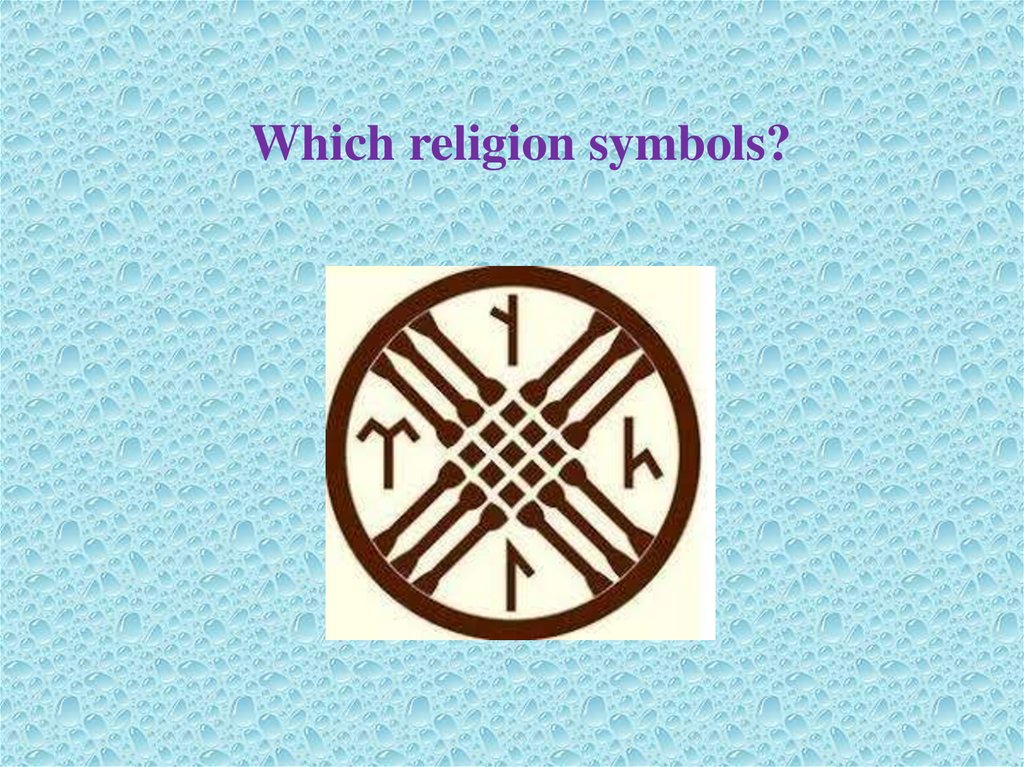

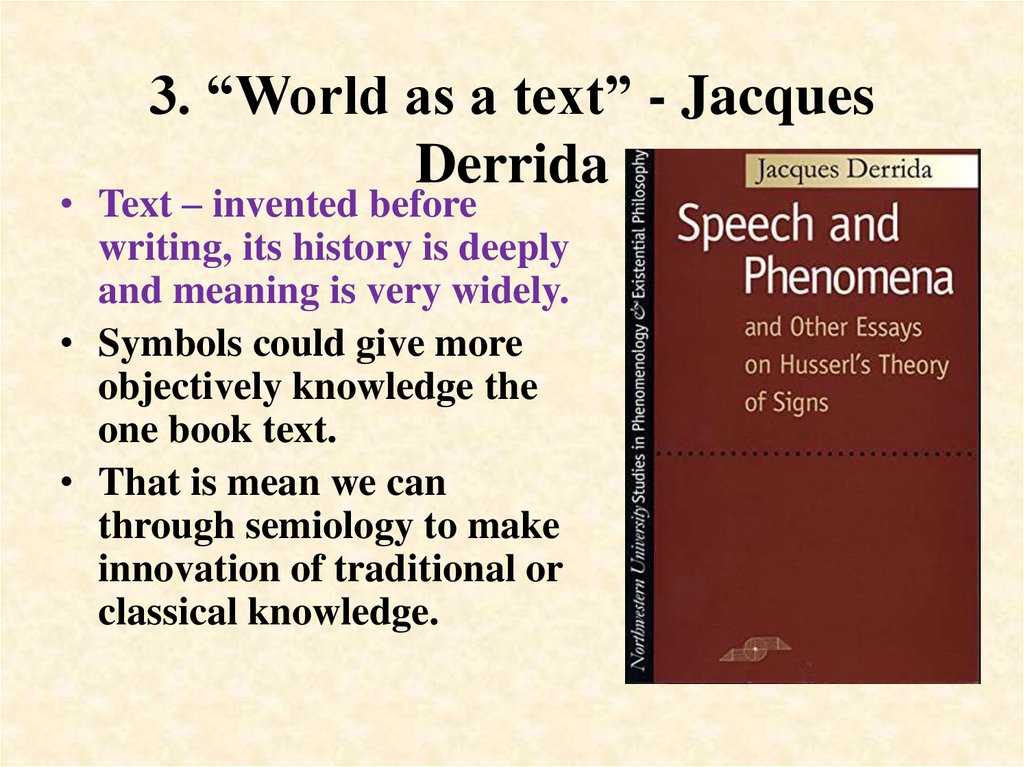
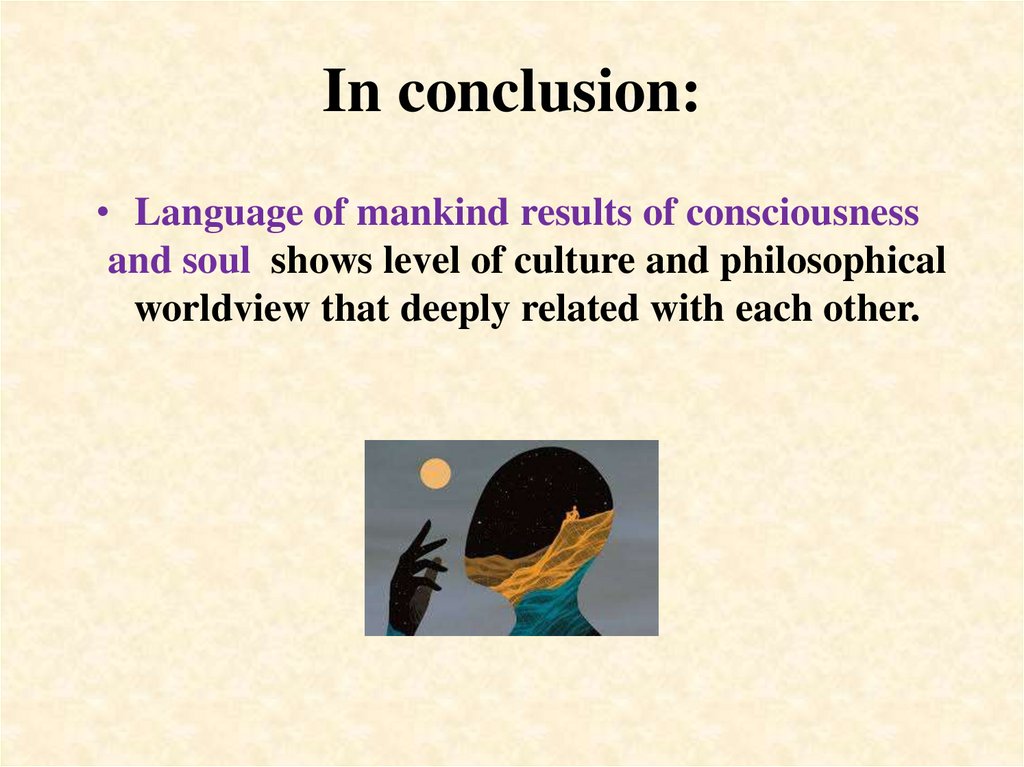
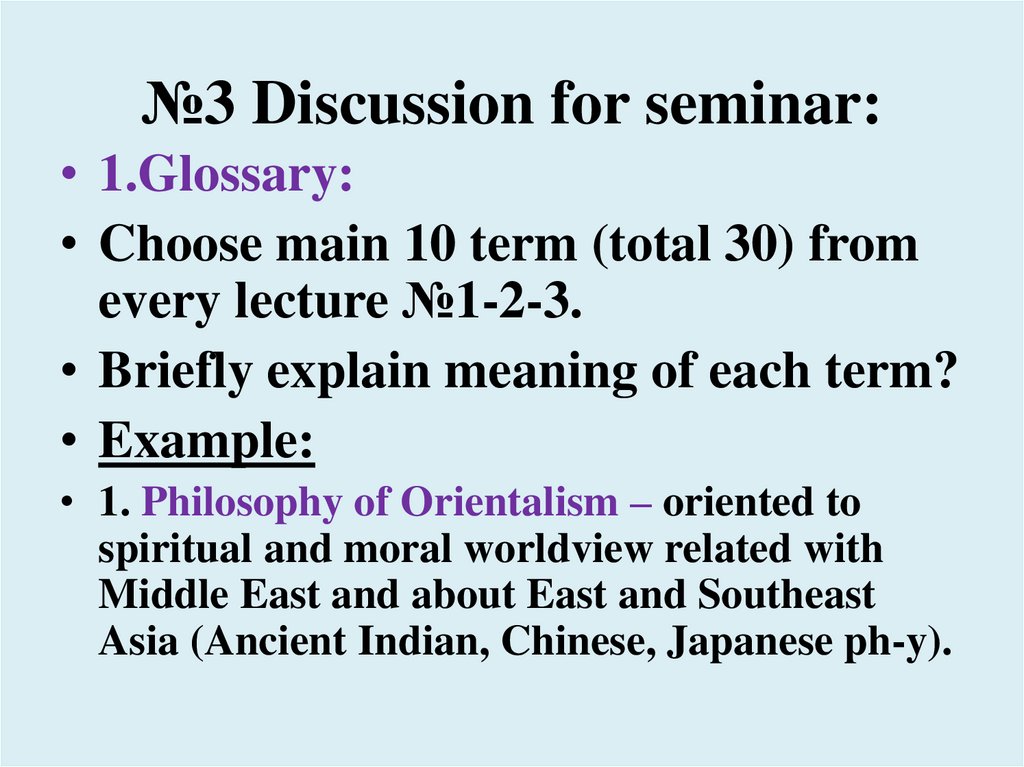
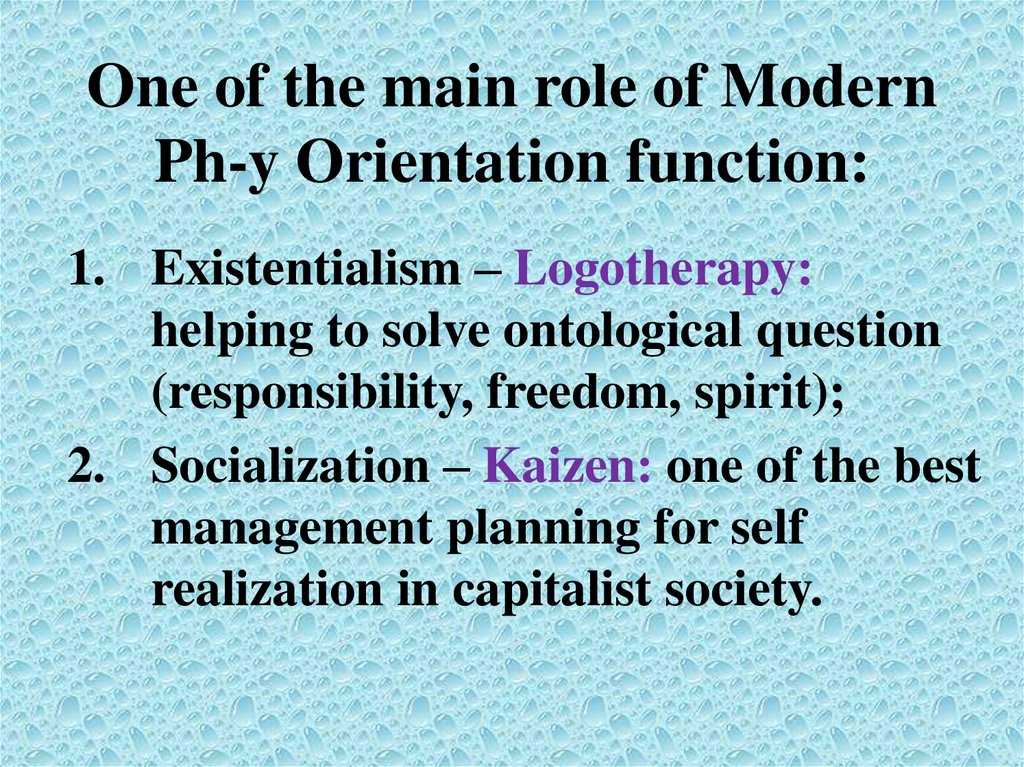
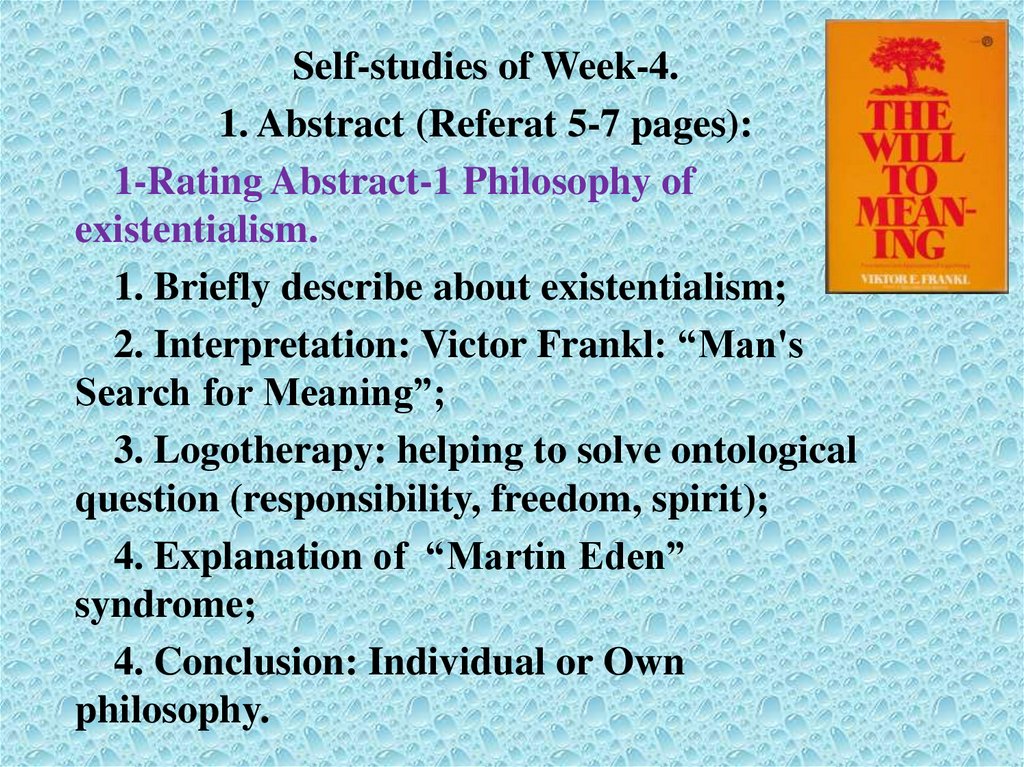
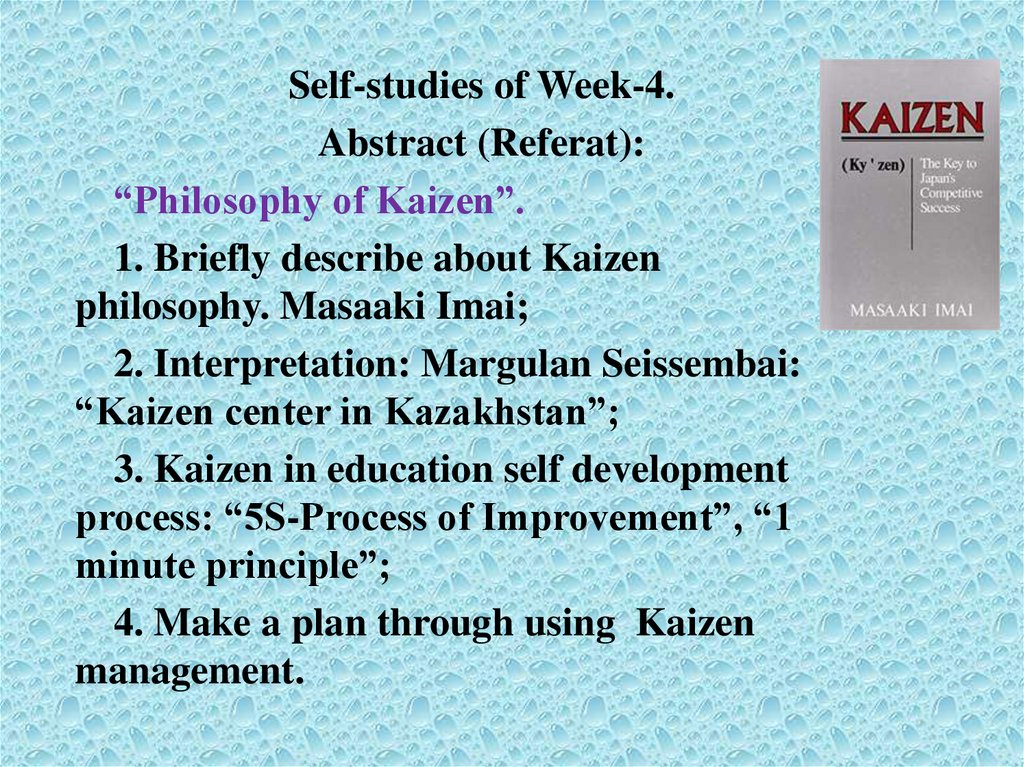
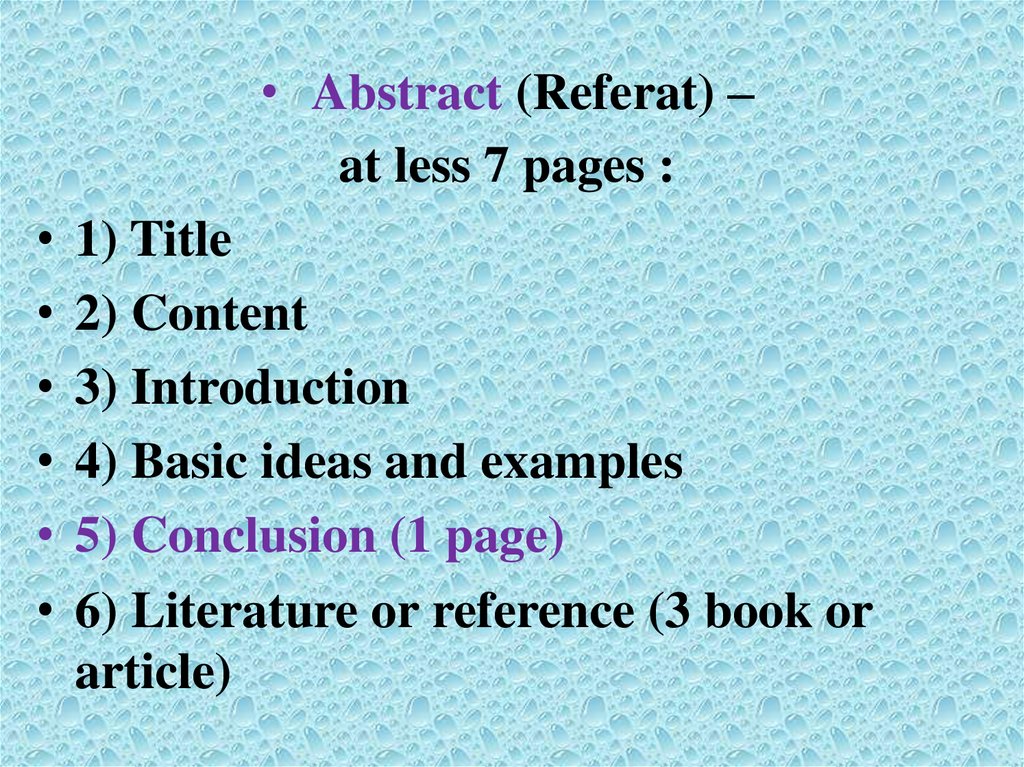
 english
english








